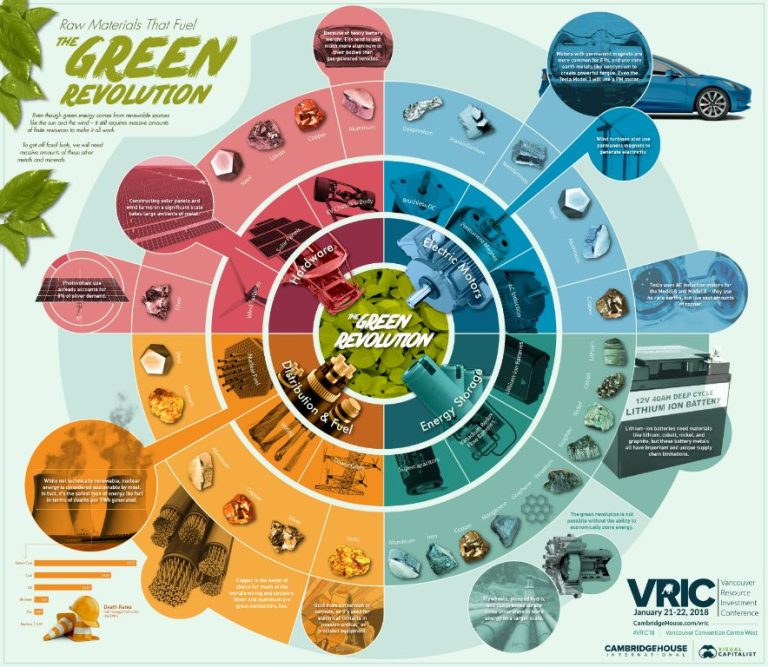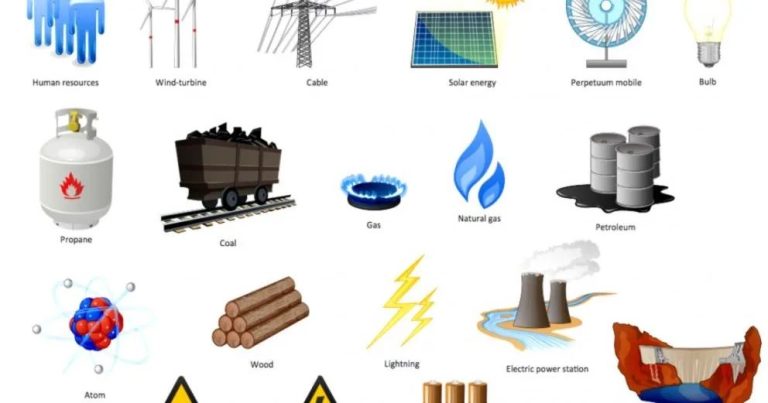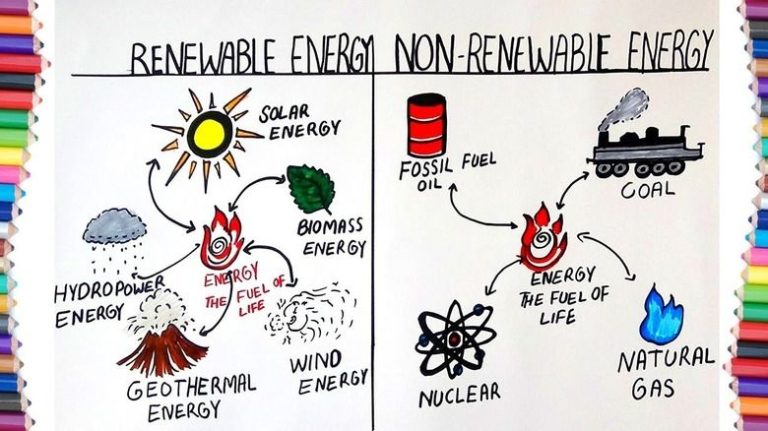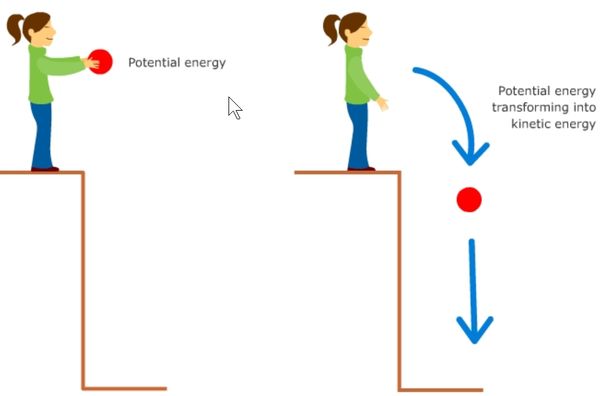What Does It Cost To Go 100 Percent Renewable?
There has been a major global push in recent years to transition to renewable energy sources like solar and wind in order to mitigate climate change and reduce greenhouse gas emissions. Many countries, states, and cities have set ambitious goals to reach 100% renewable energy in the coming decades. But what does it actually cost to transition an electric grid to entirely renewable sources? This article will provide an overview of the costs involved in going 100% renewable, looking at the expenses of building new solar, wind, and transmission infrastructure and comparing that to current fossil fuel energy costs. We’ll also examine policy incentives, financing options, grid integration challenges, and potential savings through improved efficiency and storage technology. Understanding the total price tag for renewable energy transition is key for policymakers and utilities planning out the critical shift to clean power.
Current Costs of Fossil Fuels
Fossil fuels like coal, oil, and natural gas have many hidden costs that are not reflected in their market prices. These are known as externalities, and they can have major impacts on human health and the environment.
For example, a 2018 study from the International Monetary Fund estimated that fossil fuel externalities cost the world $5.2 trillion in 2017, or about 6.5% of global GDP. These costs result from the harmful effects of air pollution, water pollution, climate change, and other environmental damages (IMF source).
Fossil fuel subsidies also drive excessive consumption by making fuels cheaper than their real costs. The IMF estimates global fossil fuel subsidies at $4.7 trillion in 2015, with the vast majority going to lower prices for consumers rather than supporting renewable energy or other beneficial causes (IMF source).
These externalities and subsidies represent the true costs of fossil fuels that are not reflected in their market prices. Tackling them would be an important step in transitioning to cleaner forms of energy.
Renewable Technology Costs
The costs of key renewable energy technologies like solar photovoltaics, onshore wind, and lithium-ion batteries have declined substantially over the past decade. According to the UN’s Human Development Report, prices of large-scale solar photovoltaics decreased by 89% between 2009 and 2019 (Forbes). Similarly, analysis from IRENA found that between 2010 and 2021, the lifetime cost of electricity produced by onshore wind facilities dropped around 63% while solar declined 87% (WSJ). The report projected that by 2025, costs could fall by up to 59% for solar PV and 43% for concentrated solar power.
Much of these cost declines have been driven by economies of scale, technological improvements, and competitive supply chains. For example, solar panel costs have decreased dramatically as production volumes have increased and manufacturing techniques have advanced. Lithium-ion battery prices have also plunged nearly 90% in real terms from 2010 to 2019. These trends have made renewable power competitive with fossil fuels in many parts of the world.
Grid Upgrade Costs
Upgrading and expanding the electric grid to handle increased loads from electrification will require significant investments. According to a recent study, grid upgrades could cost over $2.5 trillion by 2035 in the United States alone (Grid Upgrades Estimated To Cost Over $2.5 Trillion By 2035). These costs include expanding transmission lines, upgrading distribution infrastructure, and adding systems to balance supply and demand.
New transmission lines and distribution equipment will be needed to handle the increase in renewable energy generation, especially from remote wind and solar farms. As more electric vehicles connect to the grid for charging, local distribution networks must be reinforced to accommodate higher loads without disruptions. Load balancing technologies like battery storage and smart grids will help grid operators match supply with fluctuating demand (Why the high price of modernizing the U.S. power grid is worth it).
Coordinating grid upgrades regionally could optimize investments and save billions compared to decentralized planning (Coordination could spare billions in grid upgrade costs and disruptions). But upgrading aging infrastructure and building new capacity requires major capital expenditures in the near term.
Policy Incentives
Various government policy incentives help to offset the cost of transitioning to 100% renewable energy. Key incentives include tax credits, feed-in tariffs, and renewable portfolio standards.
The federal government offers tax credits to businesses and homeowners who install renewable energy systems like solar panels or wind turbines. These credits can cover 26% of installation costs. [1] Many states also provide additional tax credits to further reduce net costs. For example, New York offers a 25% tax credit on top of the federal credit.
With feed-in tariffs, utilities are required to pay a premium rate to buy renewable power from homeowners or businesses. This extra revenue helps finance renewable projects. In the U.S., feed-in tariffs are implemented at the state level. As of 2018, six states had feed-in tariffs for solar power. [2]
Renewable portfolio standards mandate that a certain percentage of electricity generation comes from renewable sources. Thirty states currently have renewable portfolio standards, creating guaranteed demand for renewable power. These policies make investments in renewable energy more economically viable.
Financing costs
Significant up-front investments are required to begin the transition to renewable energy. Financing these costs will be a challenge for many organizations, but numerous financing mechanisms exist.
Loans from banks and other lenders are a common way to finance renewable energy projects. The U.S. Department of Energy’s Better Buildings Solution Center provides information on loans for energy efficiency and renewable projects.
Power purchase agreements (PPAs) allow organizations to purchase renewable energy from a developer without upfront costs. The developer owns and operates the system and sells power to the organization at a fixed rate. According to Duke Energy Sustainable Solutions, PPAs are a popular financing option.
Bonds are another common financing mechanism. State, local and tribal governments can issue bonds to finance renewable projects. Private companies known as monoline insurers also provide credit support for renewable energy projects.
Creative financing solutions will be needed, from both public and private sources, for organizations to transition to 100% renewable energy.
Integration Challenges
One of the major challenges with increasing renewable energy generation is integrating the variable and intermittent power sources onto the grid. Wind and solar power generation fluctuates based on weather conditions and time of day. This can lead to issues with grid reliability if supply and demand are not properly balanced.[1]
To address the intermittency of renewables, grid operators need to have backup power supplies ready or methods to store excess renewable energy when it’s generated. Energy storage through batteries and other technologies can help smooth out renewable generation, but currently remains expensive. [2] Overgeneration, when renewable supplies exceed demand, can also lead to curtailment and wasted energy if there is no way to store and use the excess power.
Grid upgrades including expanded transmission capacity are often needed to move power from renewable generation hubs to demand centers. Smarter inverters and advanced grid technologies can also help manage variable renewable generation. But integrating extremely high levels of renewables may require redesigning market structures and grid governance to maximize flexibility.
[1] https://www.nrel.gov/docs/fy12osti/54905.pdf
[2] https://www.nature.com/articles/s41560-020-00695-4
Savings Opportunities
There are significant cost savings available through improving energy efficiency and implementing demand response programs (NRDC). Energy efficiency improvements like weatherization, upgrading appliances, and installing smart thermostats can reduce overall energy usage and costs. The NRDC reports that energy efficiency measures have already reduced U.S. electricity demand by 10-15% from projected levels. Further deployment of energy efficient technologies and practices could reduce electricity demand an additional 20-30% by 2050.
Demand response programs help match electricity supply and demand. Utilities or grid operators can provide incentives for consumers to shift electricity usage during peak demand periods through time-of-use pricing, direct load control of appliances, and other strategies. The Federal Energy Regulatory Commission estimates demand response programs have the potential to reduce peak electricity demand in the U.S. by 20% (Department of Energy). This allows excess generation capacity to be avoided, reducing costs.
Pursuing all cost-effective energy efficiency improvements and demand response methods would significantly lower the total costs required to transition to 100% renewable electricity generation.
Total Cost Estimates
Studies have analyzed the total costs of transitioning to 100% renewable energy. According to one analysis by Wood Mackenzie, switching the entire U.S. to renewable sources would cost approximately $4.5 trillion over the next 10-20 years (source). This includes costs for building solar, wind, hydroelectric, biomass, and geothermal facilities across the country.
Another study by the American Action Forum estimated the costs of the Green New Deal proposal, which aims for 100% clean and renewable energy. They estimate about $285 billion per year in capital investment over 20 years, for a total of $5.7 trillion (source). However, costs could be lower with technological improvements and economies of scale.
While the upfront investment is substantial, analysis shows the costs could be recouped in energy savings and environmental benefits over the long term. More research is still needed to precisely estimate the full costs and timelines for transitioning various countries to 100% renewable energy.
Conclusion
To summarize, most studies find that achieving 100% renewable electricity generation is technically feasible for individual countries and the world as a whole by 2050. However, there are significant costs involved in both the transition and operation of a 100% renewable energy system due to higher technology costs and grid integration challenges.
Total system costs for 100% renewable electricity are estimated to be 1-2x the cost of today’s primarily fossil fuel-based system in most analyses. The range reflects uncertainties about future renewable energy costs, transmission buildout, storage deployment, financing costs, and integration solutions. With rapidly falling renewable energy prices, most studies find the premium declines to 10-30% by 2050.
While 100% renewable electricity is achievable from a technical perspective, ongoing policy support, financing access, and technology innovation is required to make it economically attractive relative to fossil fuels globally. With the right policy incentives, grid planning, and financial investments, 100% renewable electricity can become both technically and economically feasible for many regions of the world within the next few decades.






